You know it when you feel it. There’s a slight burning sensation, but it’s not altogether clear that anything at all is heating up. In little time, when the temps are very low, the toes can become leaden, they may tingle, and, if conditions worsen, you may lose all feeling. If you’re hellbent on touring in Arctic cold, finding strategies to prevent cold toes/feet, or even worse, is imperative. One solution, and a sometimes finicky one, is heated socks. In this case, the Lenz Heat Socks 5.1 Toe Cap Slim Fit with rcB 2000 Batteries. That’s a mouthful.
Lenz is an Austrian company that manufactures an array of heated products for outdoor pursuits. My Lenz socks are a few years old, and with use limited to only the coldest days, they have remained durable. The overall concept is somewhat basic. The 5.1 sock is a somewhat standard near-knee-height ski sock wired with a heating element in/around the toes. A snap-on rechargeable lithium battery pack sits high on the leg (atop the shin), providing an energy source: heat.
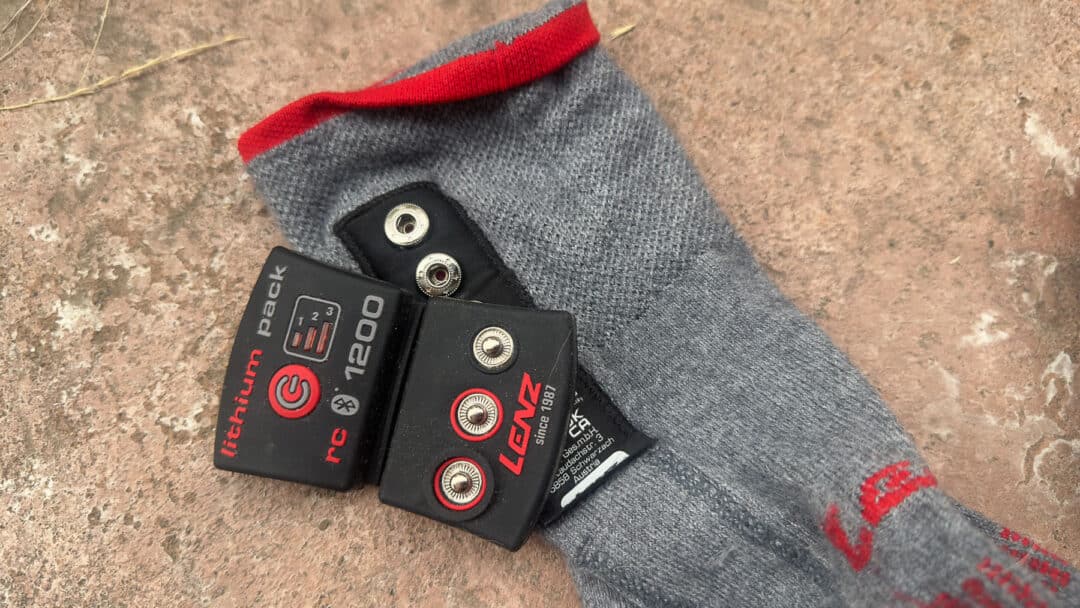
The Sock
There’s not a whole lot to report here on the actual sock. The Lenz stats on sock materials break down like this: 50% polyester, 15% wool (merino), 25% polyamide, 5% silk, 3% elastane, and 2% polypropylene. While I’d consider the sock to be in the middle of the road regarding general thinness/thickness, this is not a bulky sock (at least the 5.1 model). Don’t expect it to take up significant volume in your touring kicks. Yup, I do have skinny calves, so I opted for the slim fit. Which, as advertised, fits comfortably snug around the calf area down through my toes. I suppose that if you are a trail runner seeking heated socks for winter epics, the 5.1 model should gel well with your runners.
The socks deviate from standard sock fare considering the battery housing/attachment. The lithium battery attaches to the sock’s cuff with three snap-tight buttons. Once attached, fold the cuff over on itself, and the batteries are secured—they don’t move. The key here is to orient the battery so that you can access the control buttons (by feel) under the cuff. Additionally, the batteries house a series of three lights to indicate heat intensity/battery output. There are three lights in total. When all three lights are illuminated, the batteries are set for the highest output, which means they’ll run for the shortest duration. A nice feature is that the lights are bright enough (and the cuff material thin enough) to double-check the batteries are, in fact, on. I have an affliction where I need to double and triple-check things, like, in this case, whether the batteries are turned on, especially in low-heat mode when the heat intensity is subtle. I can lift my ski pant cuffs up and check for proper battery function.
The socks are machine washable, but I do not throw them in the dryer; I hang them on a rack to air dry.
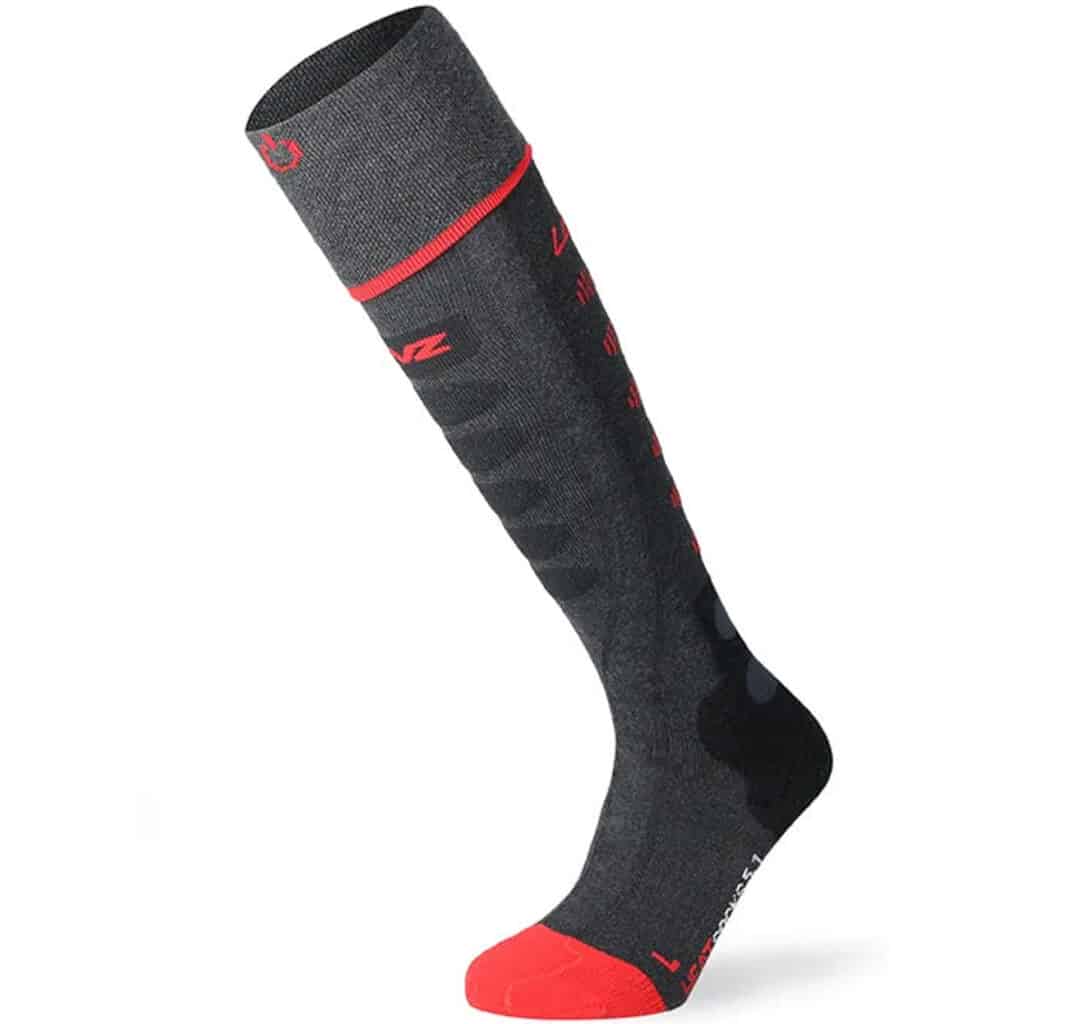
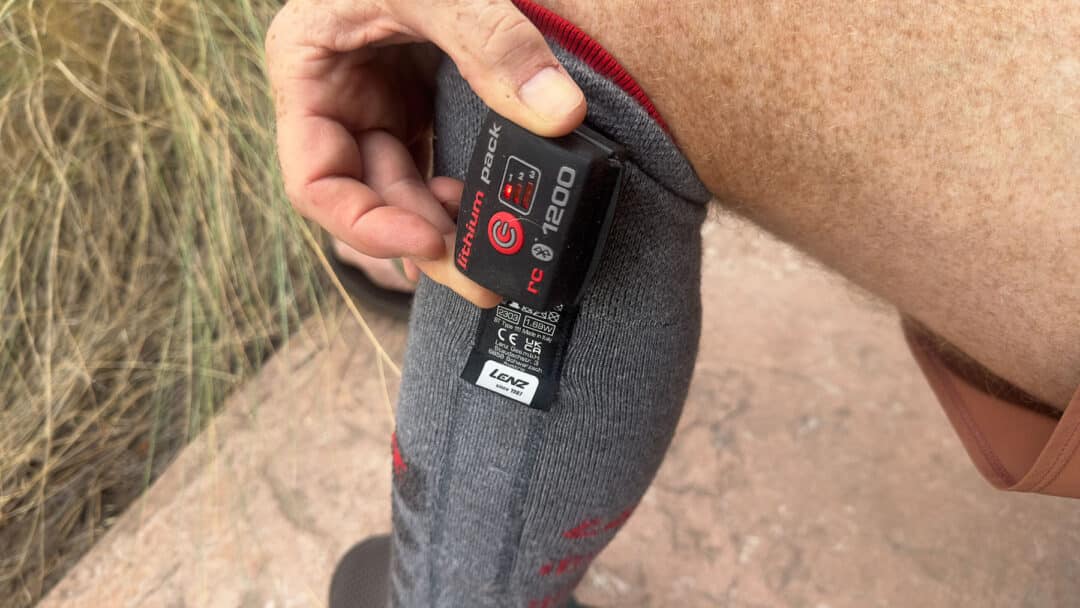
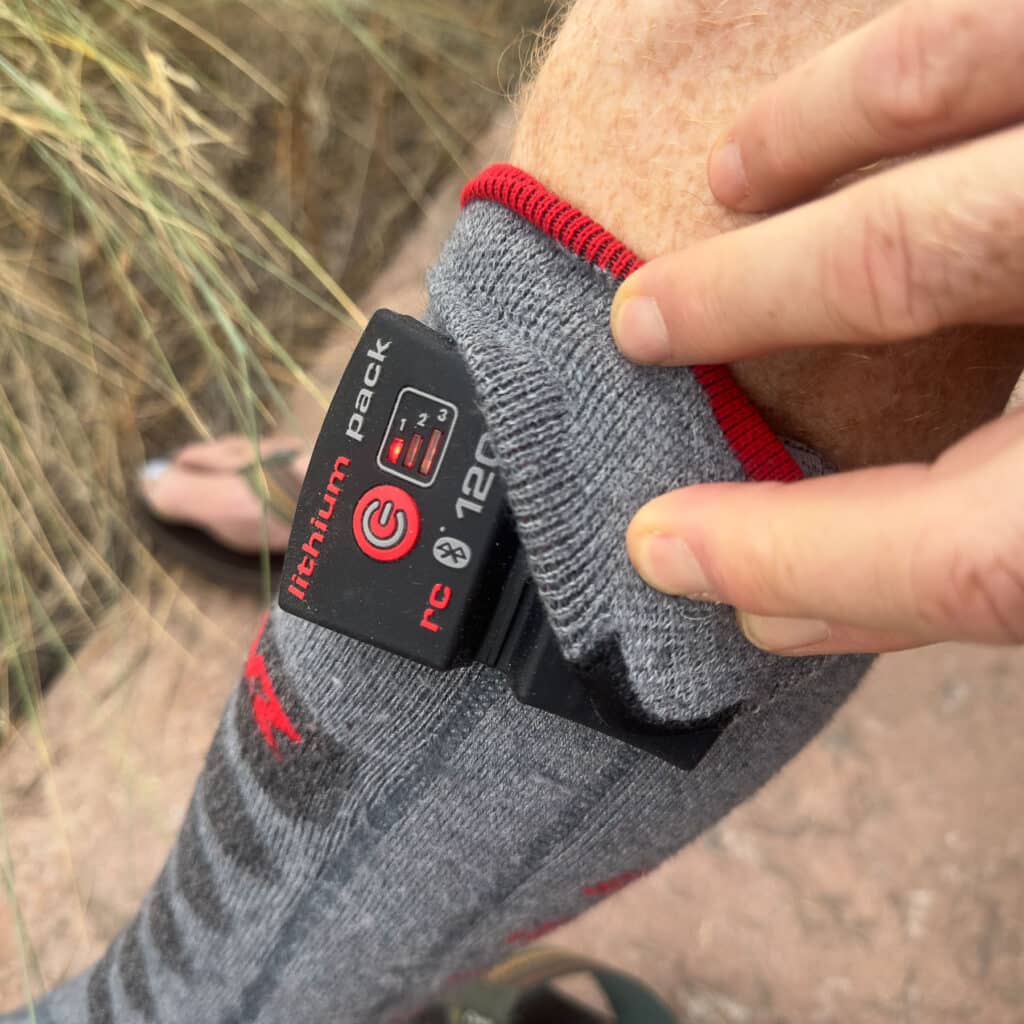
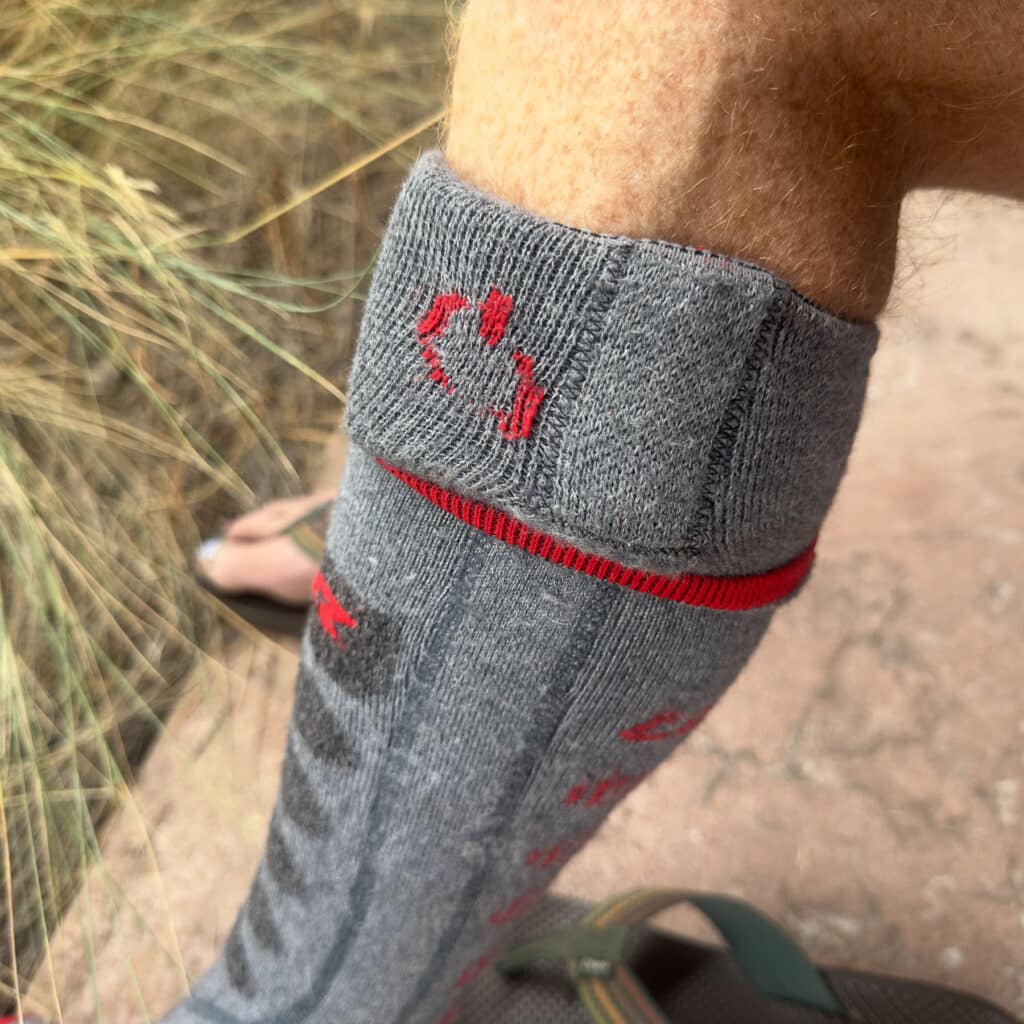
Battery Function
Lenz batteries are available in three models: an rcB 2000, an rcB 1800, and a smaller (meaning less overall capacity) rcB 1200 model. Lenz socks are compatible with both models. If you tend to head out on longer missions, opt for the 1800. I purchased socks with the 1200 because they were 50% off, and I was about to head out for some ice climbing near Bozeman with predicted below-zero temps. Had the 1800 batteries been available (and on sale), I would have gone that route.
Recharging is a simple process. The heated sock kit comes with a proprietary USB charging cord with an indicator light that turns green when the charge is complete. I have found the charge time for depleted batteries to be quite long. Lenz claims 5-7 hours to charge the 1200 batteries. It takes at least this long in my experience, if not longer. If I plan on using the socks, I make sure to charge them overnight.
Lenz recently sent an email that recommends the following charging cycles at the beginning of each season:
1) Charge: fully charge using the charging station or cable.
2) Discharge: run them empty on the highest level in a heated product.
3) Repeat: charge, discharge, charge (three times in total).
4) Store half-full or use immediately: do not store fully charged or completely empty for long periods.
But battery duration is the most important factor here. Those looking for hardened benchmarks like the 1200 battery lasts a certain amount of time and that’s that. Battery duration, as they say, depends.

As mentioned earlier, the batteries have three heat levels that can be manually set. Above are Lenz’s specs for heat level and heat duration. I would take these benchmarks as a general starting point and expect shorter heating durations. I know many users of Lenz heated socks carry spare batteries if/when they expect longer, colder days out.
The other key distinction here is that Lenz offers a free app that allows one to control heat levels on the left or right socks as well as an interval mode that allows users to set time on (up to 20 minutes at 2-minute increments) and time off (up to 20 minutes at 2-minute increments). For simplicity, a heat sync mode is available that sets both the left and right socks to the same heat settings. And, there’s a function that shuts off the battery pack’s LED lights—which will help conserve the battery for the more important job of heating your toes. The app also communicates the remaining battery charge.
Lastly, the app, which connects to the batteries via Bluetooth, has 9 settings for heat intensity. Using the app’s 9 distinct levels allows for better heat-level customization.
Out in the real world, all this heating and digital connectivity can be finicky. When using interval mode, the app must remain open to function properly. Bluetooth operations tend to drain phone batteries, so be cognizant of your phone’s battery levels if you intend to use it as a navigation and/or emergency messaging tool. This likely means that if you’re out for the long haul, you are bringing extra Lenz batteries and a small battery to back up the phone. And then there are sometimes frustrating moments pairing the batteries with the app. It all works, it just can take some patience when the pairing doesn’t go as planned. Things will not always go as planned with these socks. Also, keep an eye on battery function. Although I feel like I get consistent most-of-the-day use with my sock-battery combo, there are times when I feel that battery longevity is lackluster. I know many friends who head into the Alaska Range with two sets of batteries, not only in the event something goes awry with a battery, but to have an extra set to take over heating duties when you burn through the first set.
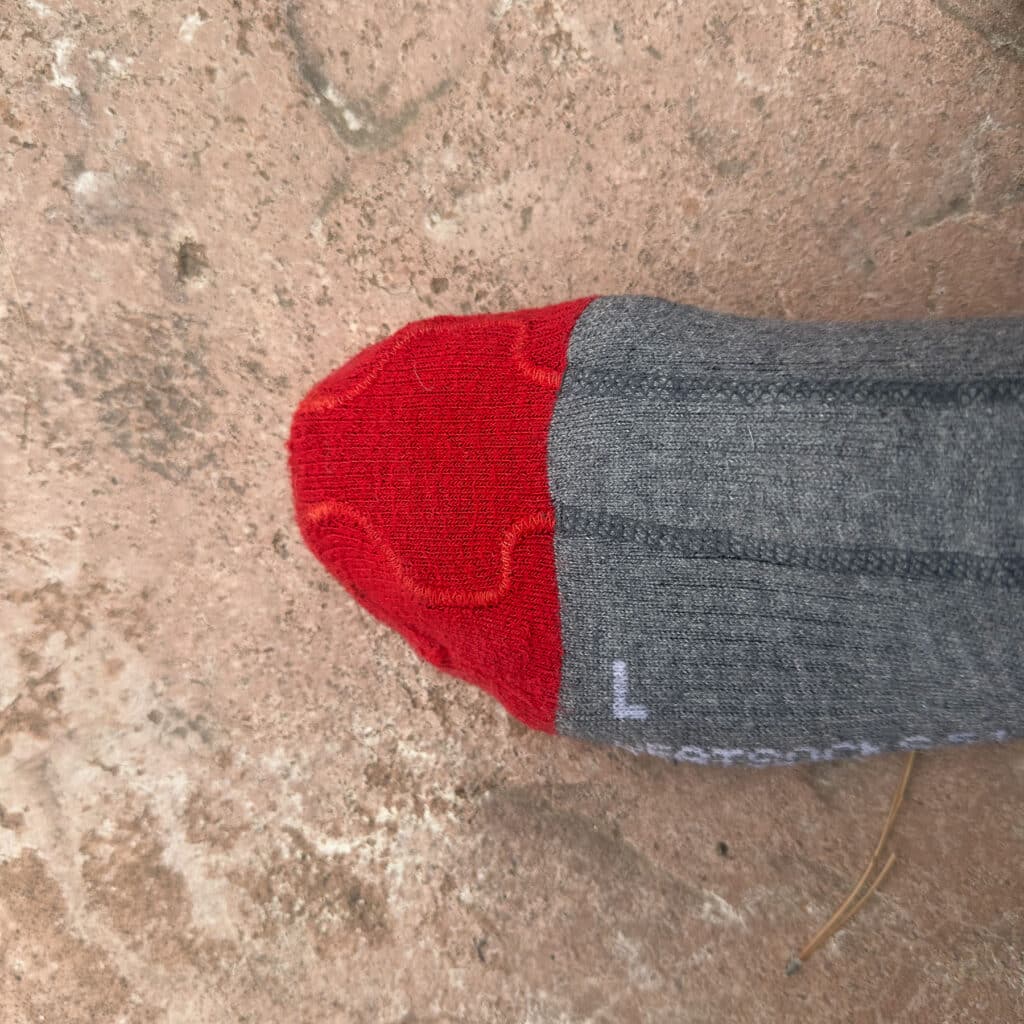
But have no doubt, professional guides and avalanche instructors swear by these heated socks. Billy Haas is one of those folks. His only real complaint is that he’d like a “lock” so the batteries don’t switch on accidentally. He enjoys the interval mode (set to heating level 3 and accessed through the app) during long days out, especially summit days on Denali, or on Gasherbrum I and II; the socks can heat his toes for long periods of time while conserving the batteries. In his experience, in interval mode at a lower heat output, his set of batteries (1800) will last roughly eight hours. His strategy regarding extra batteries is to bring one extra set between him and his partner (who is known to brave cold environments).
Warning
EMI, or electromagnetic interference, can and will interfere with your avalanche transceiver. Follow the rules of at least 50 cm (20 inches) from all EMI sources in search mode, and 20 cm (8 inches) distant in transmit mode. The batteries associated with heated socks produce EMI. Best practice is to turn off the sock batteries when searching for a victim to mitigate any potential interference.
This also reminds us that practicing with your transceiver in both low and high EMI environments is advisable.
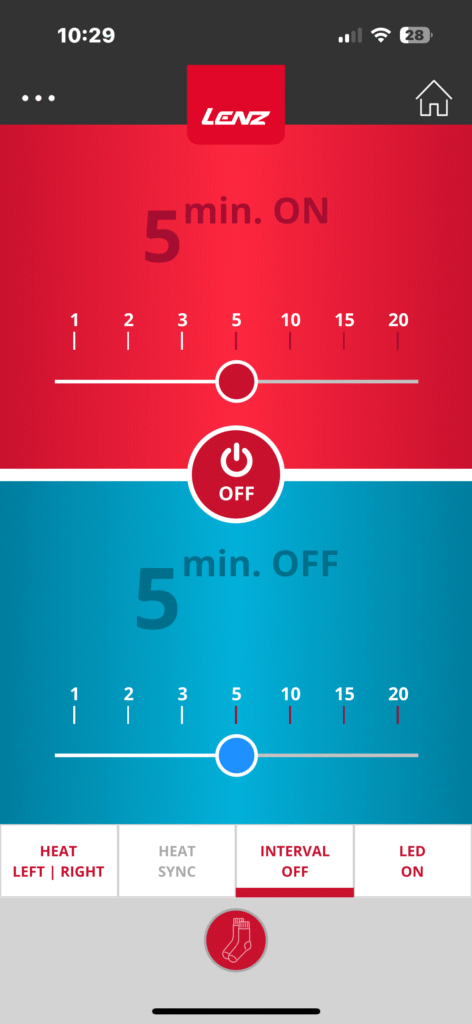
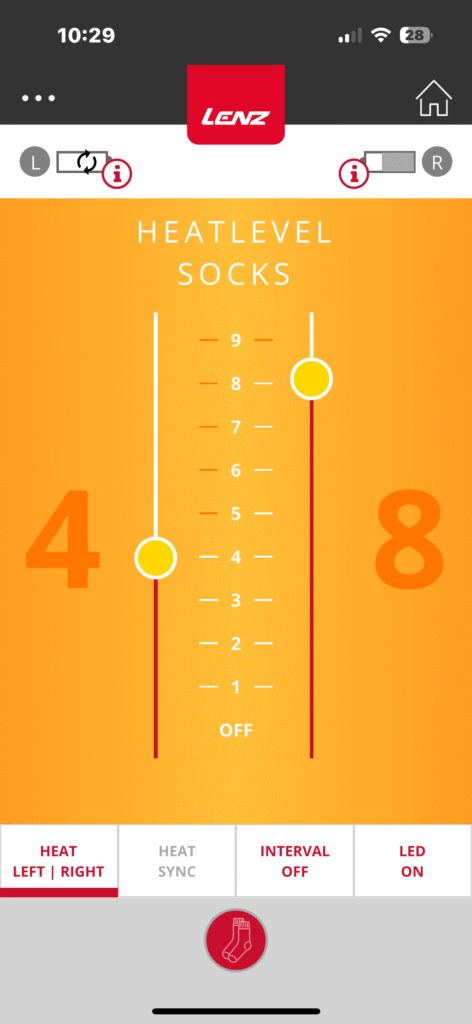
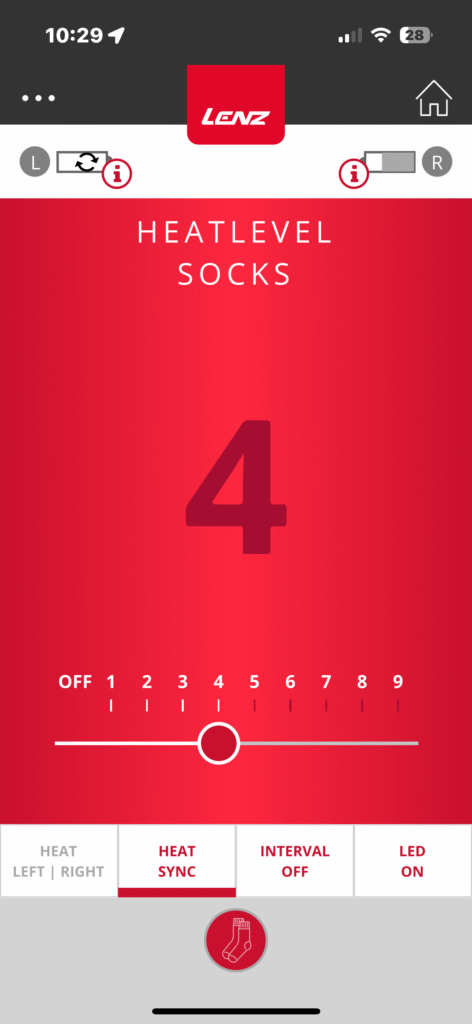
Pricing
Name-brand heated anything is not cheap (except for maybe disposable toe warmers). Replacement Lenz socks are not cheap and can be found for $175.00. Replacement rcB 1200 batteries are ~$270. As a package, the 5.1 socks and batteries are ~$450.
Look around for deals; they pop up off and on. You will also pay more for the larger-sized batteries, which are available in 2000, 1800, and 1200 models, respectively. With the 5.1 sock and rcB 2000 battery, you are looking at nearly $490.
No doubt, toes are worth much more than that. On the discomfort spectrum, as in it’s cold but not cold enough to damage my feet, you’ll have to do the cost-benefit analysis. In instances where you are out in severe cold temps and frostbite is a possibility, it may be wise to find a heating solution that works and fits your budget. (Lenz and other companies, like Hotronics, also make heated insoles. Hotronics makes heated socks, too.) For those whose job depends on avalanche education (think digging pits during multi-day class), or guiding Denali and all the high-altitude movement and client care that endeavor commands, heated socks might be a requirement.
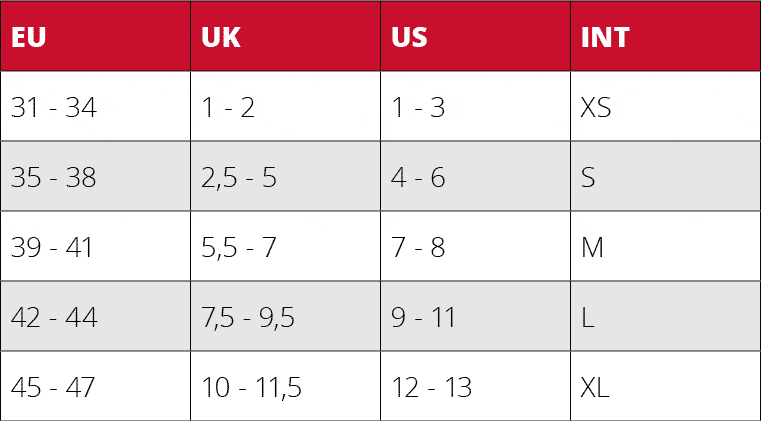
For sizing, I typically wear a men’s large in ski socks. The 39-41 in the 5.1 model fits great, and technically, on the Lenz chart, this is a men’s medium. My feet are a U.S. size 9.5 and typically a Euro 42.5.

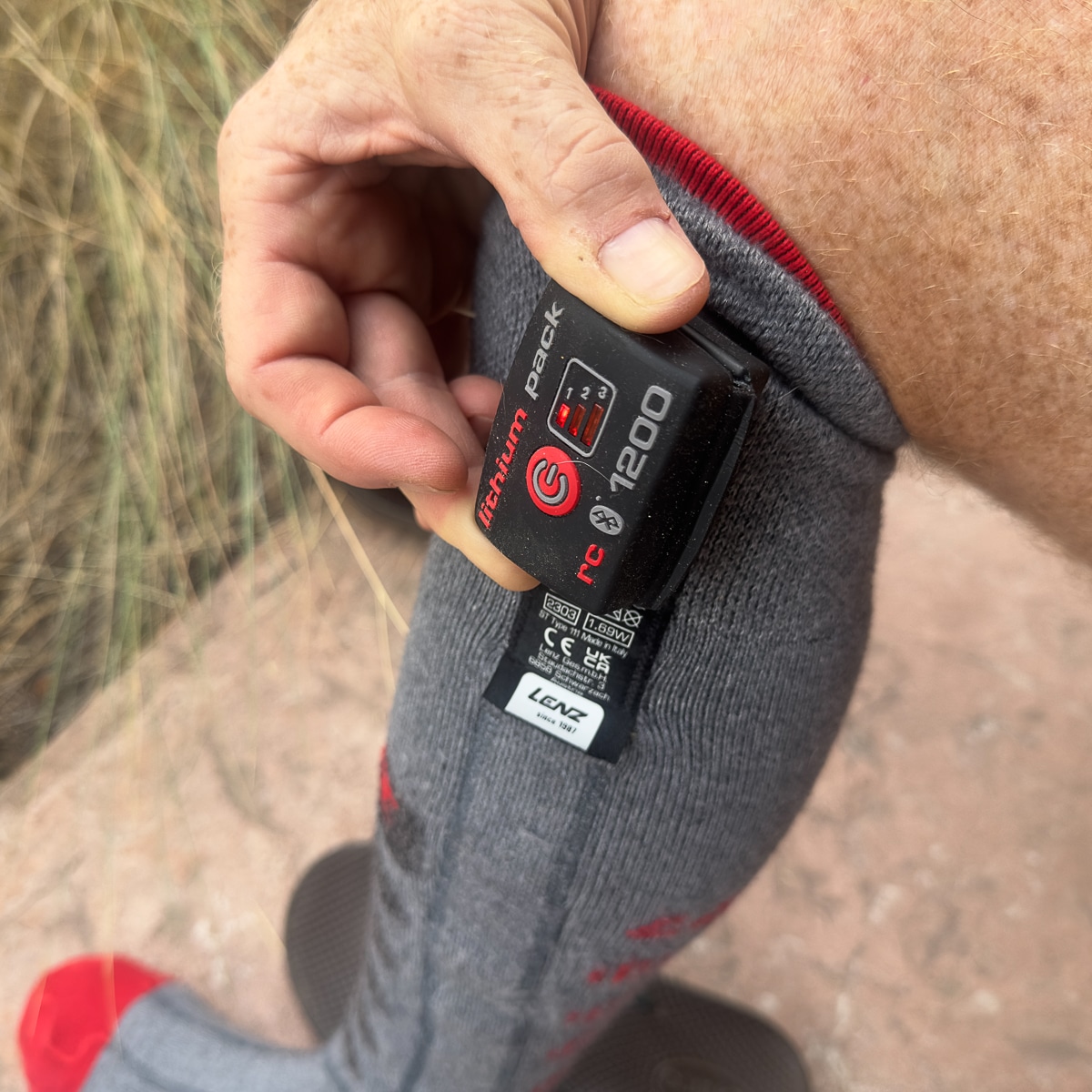
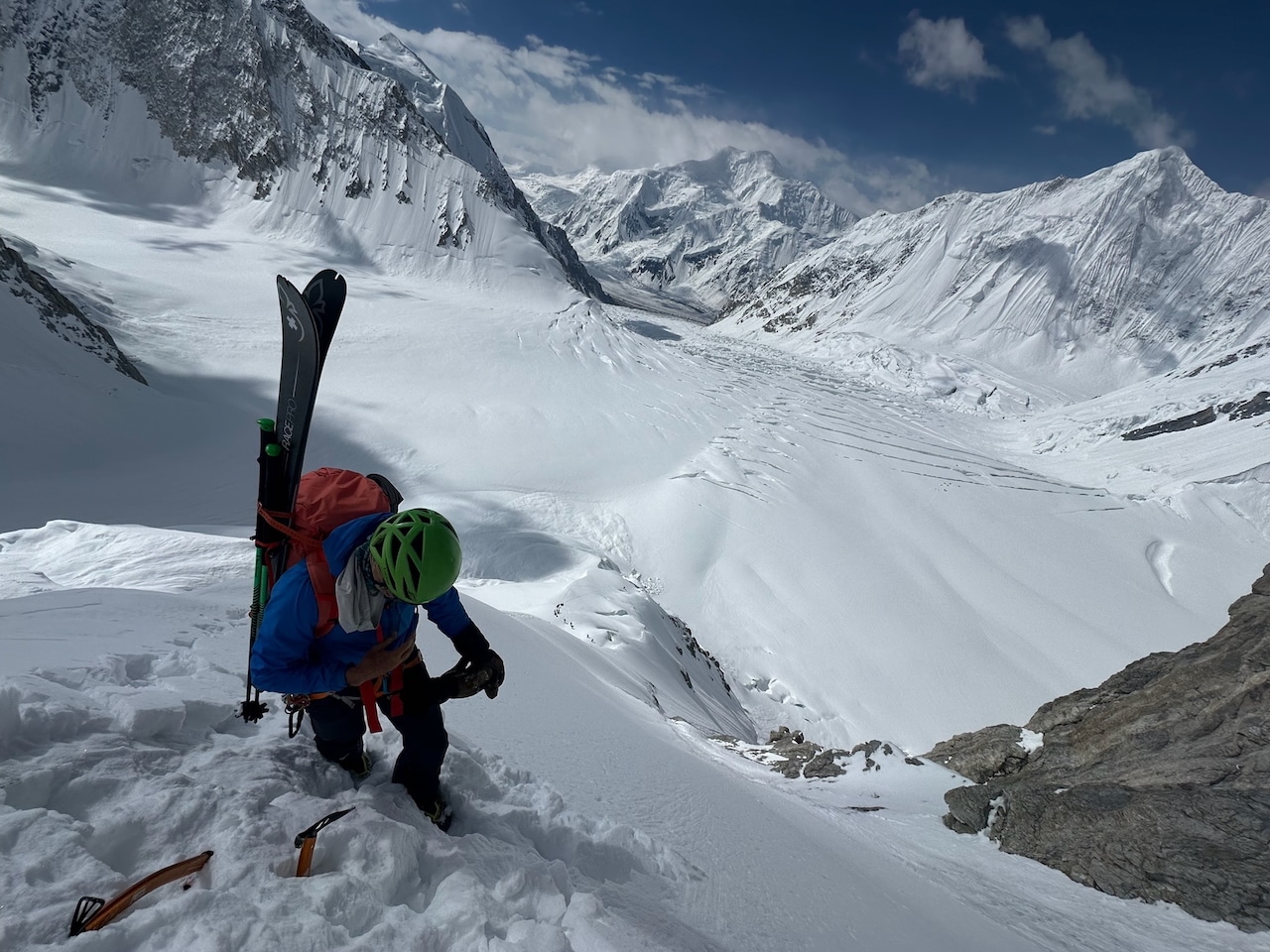
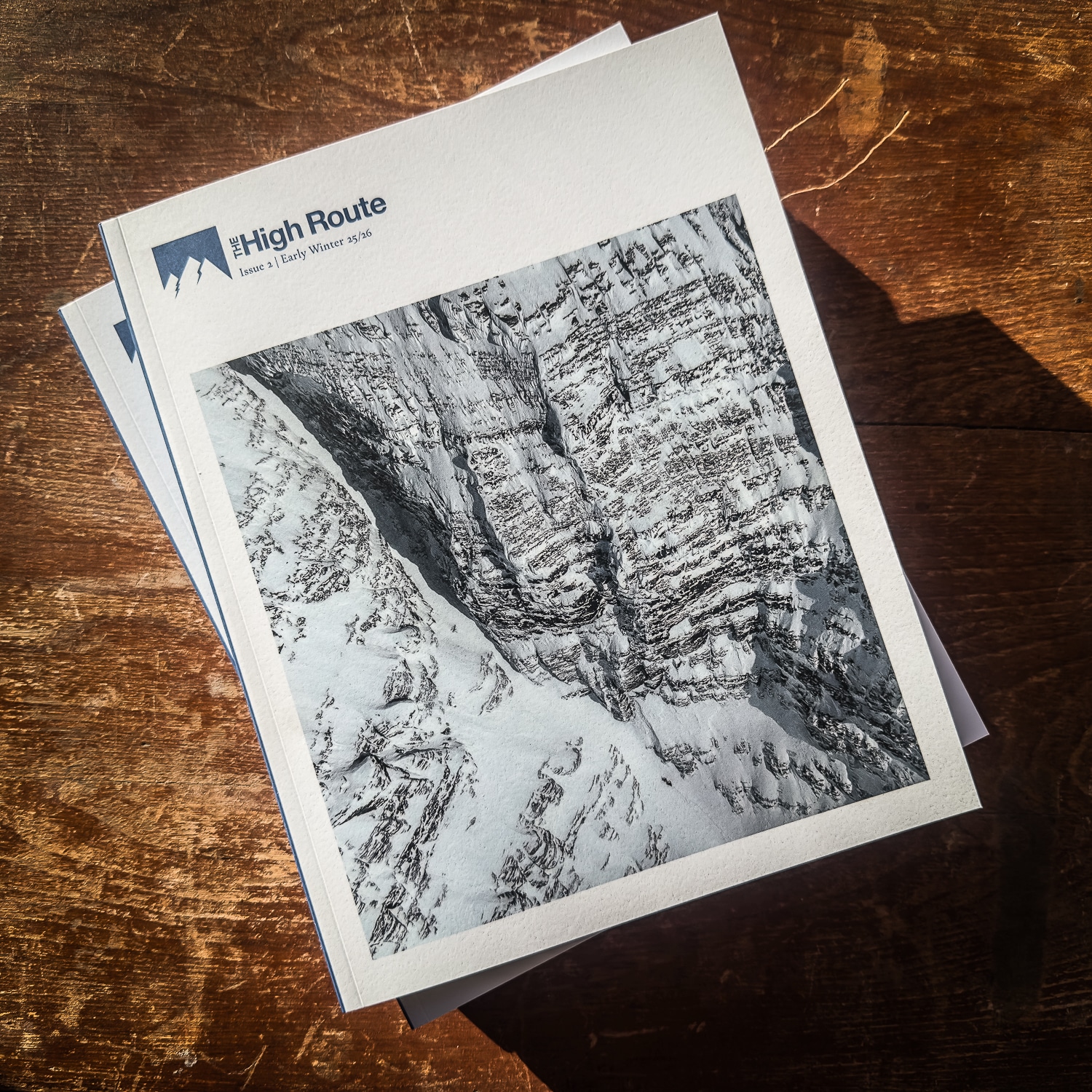


Leave a Reply
You must be logged in to post a comment.